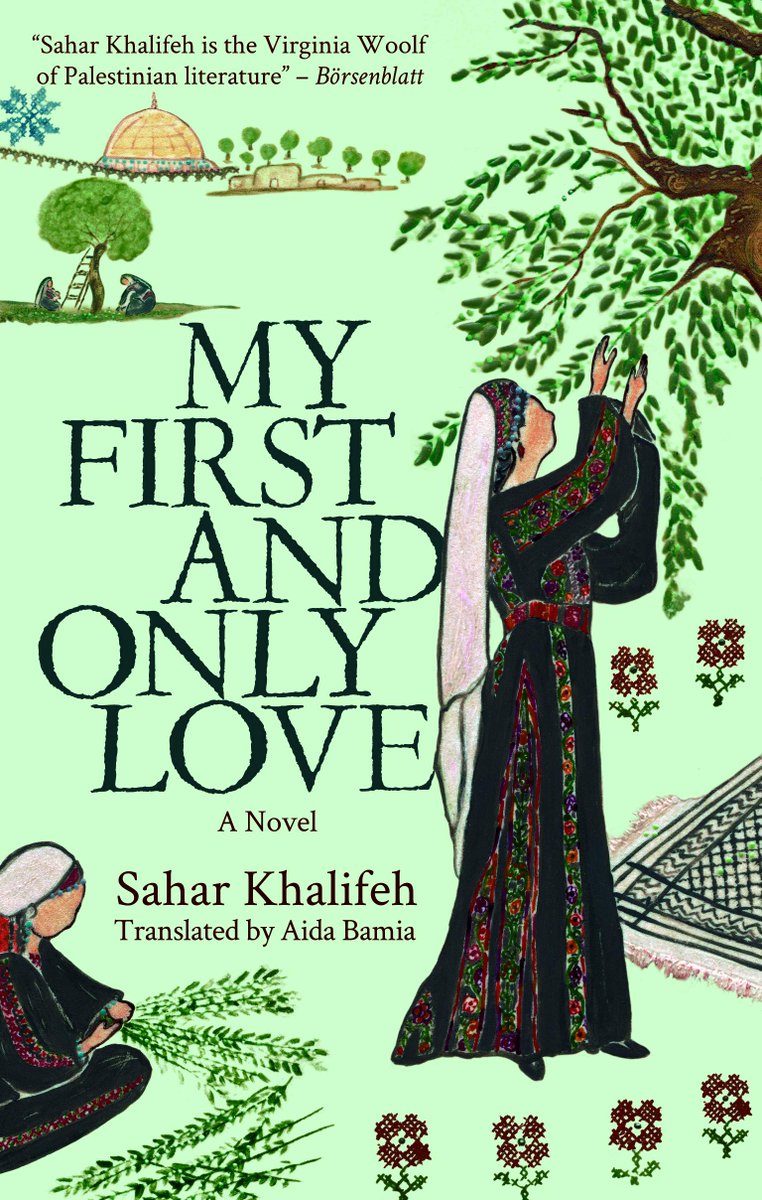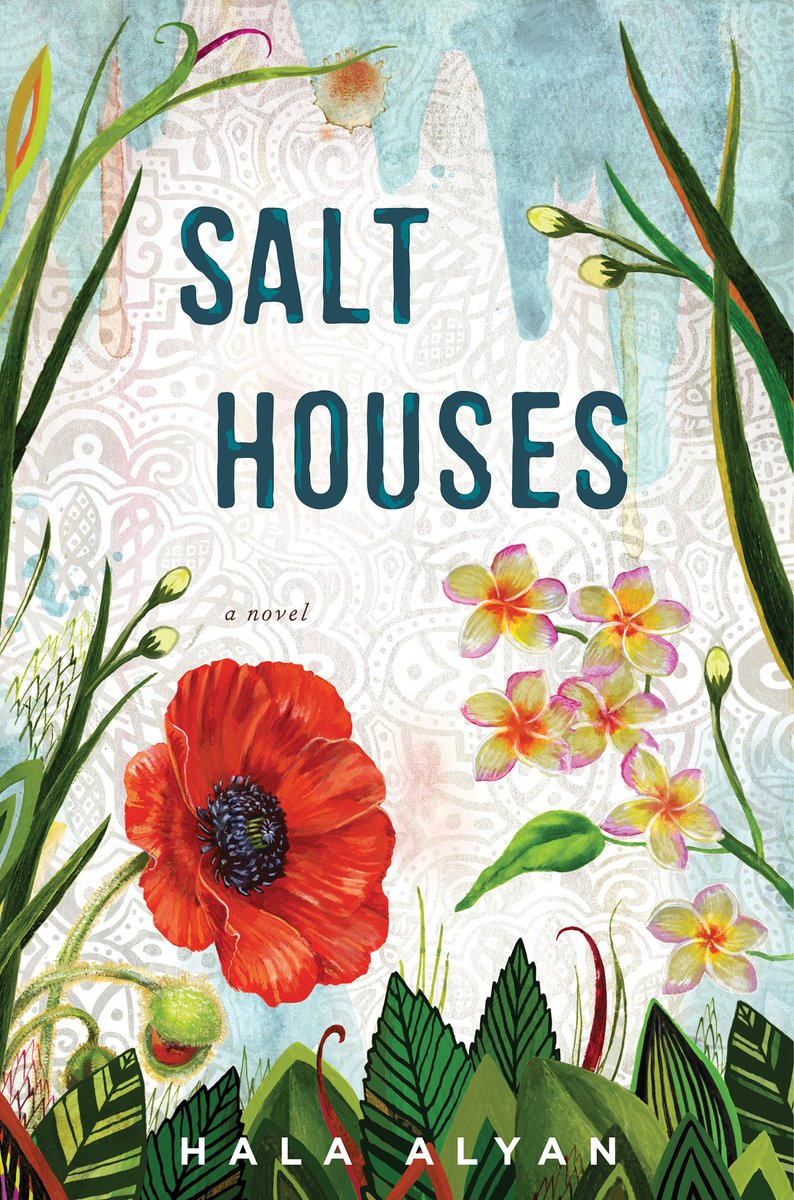#FolkloreSunday 🧵 on whale sharks as local folklore in some areas in Indonesia:
Balikukup locals in my home province East Borneo call them Hiu Nenek ("Grandmother Shark"). Seen as a benevolent grandmother, fisherfolk consider it good luck if a shark swims past their boats. 1/8
Balikukup locals in my home province East Borneo call them Hiu Nenek ("Grandmother Shark"). Seen as a benevolent grandmother, fisherfolk consider it good luck if a shark swims past their boats. 1/8

Still in East Borneo, fisherfolk of Derawan Islands and Talisayan see the sharks as a blessing, since their appearance signify more fish to catch. In Talisayan, whale sharks even swim up for "breakfast" when fisherfolk throw less-than-ideal fish from their nets to them. 2/8 

Villagers of Botubarani, Gorontalo Regency, call whale sharks Munggianggo Hulalo ("Moon Shark"). When they appear, people see it as a good time to fish. Locals feed the sharks fish and shrimp's heads to beckon them, and they are so friendly that children can play with them. 3/8 

People of Kwatisore, Nabire, call them Hantu Laut ("Sea Ghost"). There was an old custom to turn off the light of the boat and stay silent as a whale shark passed by, to avoid bad luck from being disrespectful. It was also seen as a sign of someone's death. 4/8 

However, in Kwatisore and other areas in Cenderawasih Bay, whale sharks are also known as Gurano Bintang (bintang = "stars"), now seen in a less fearful way. Their name is also used for a boat dedicated to educational programs for locals, especially children. 5/8 



People of Labuan Bajo, East Nusa Tenggara, call whale sharks Kareo Dede. These fish are believed as animals protected by the gods, and they bring good luck for fisherfolk. Being a beloved animal of the gods also give them ability to save people in the sea. 6/8 

In some areas in Java, whale sharks are called Geger Lintang ("Star-studded Back"). Stories of whale sharks helping people in the sea are present in various communities, and beached sharks that cannot be saved were buried with ceremonies and prayers, like people. 7/8 

Bugis fisherfolk have various names for whale sharks. One of them is Indo' Bwau, "Mother of All Fish". They see the fish as gentle giants that bring bountiful catching, and killing them brings bad luck. Some have a habit to prepare a small net of fish just for whale sharks. 8/8 

• • •
Missing some Tweet in this thread? You can try to
force a refresh





















